
Sauerkraut represents a "conservative preparation, similar to yogurt, necessary to guarantee the availability of the cabbage even after a long time from the harvest of the vegetable." Sauerkraut are therefore preserved vegetables.
The term "sauerkraut" has German origins and etymologically derives from the term "Kraut", which in a broad sense means "grass"; the food properly called instead (which in Italy is specifically known by the term "sauerkraut"), in the native language is called Sauerkraut (translated: "sour cabbage").
Sauerkraut is particularly widespread in central-northern Europe, with a continental climate that tends to be cold; their consumption is widespread in Germany, Austria, the north-east of Switzerland (German cantons), in the northern regions of Italy ( Trentino Alto Adige, Friuli Venezia Giulia, Veneto), Hungary, Poland, Slovenia, the Croatian hinterland, Serbia and many of the countries of the former Soviet Union.
Sauerkraut is distinguished from raw cabbage for its salty and sour taste, while the nutritional profile is partially altered, but not necessarily impoverished; sauerkraut is distinguished from fresh food by:
- Lower content in vit. C (ascorbic acid)
- Higher content of B vitamins (following fermentation)
- Higher content of sodium chloride (NaCl - kitchen salt).
Bibliography: Food microbiology - James M. Jay, Martin J. Loessner, David A. Golden - Springer - page 191
Sauerkraut - How to Prepare and Store Them at Home
Problems with playing the video? Reload the video from youtube.
- Go to the Video Page
- Go to the Video Recipes Section
- Watch the video on youtube
Generally it is not necessary to use microbial starters for the preparation of sauerkraut since the useful bacterial flora is the one present in raw food; the latter are essentially lactic sticks and cocci, to be precise: Leuconostoc mesenteroides, Leuconostoc fallax (the Leuconostoc they have a shorter generation and life time); subsequently: Lactobacillus plantarum, Lactobacillus brevis. Also involved in the final stages of the fermentation of sauerkraut Pedicoccus cerevisiae and the "Enterococcus faecalis.

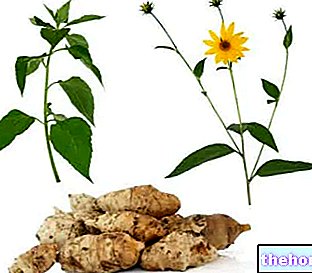
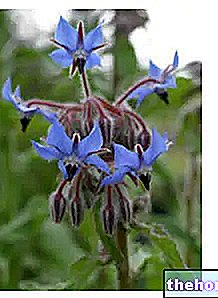
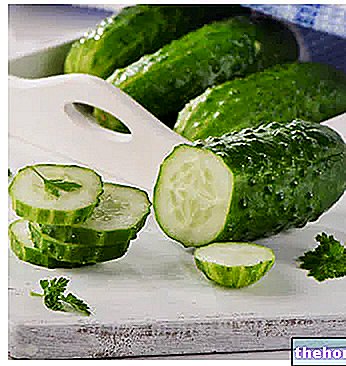
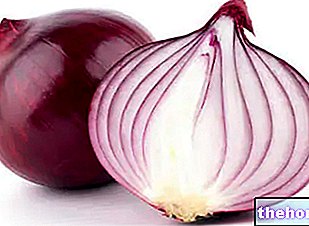
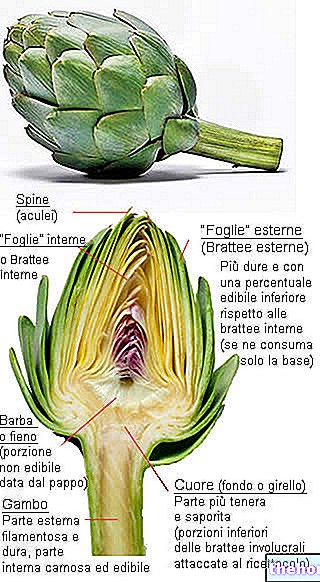
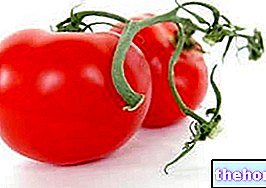












-nelle-carni-di-maiale.jpg)








